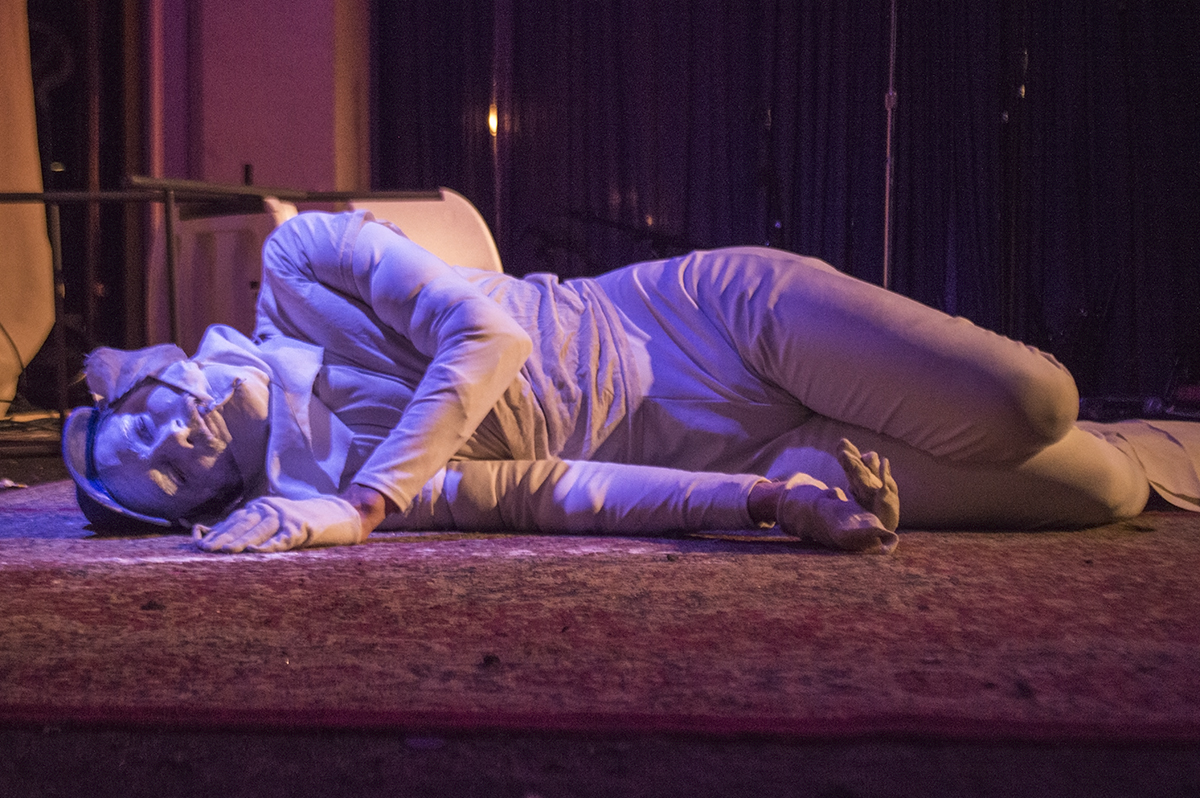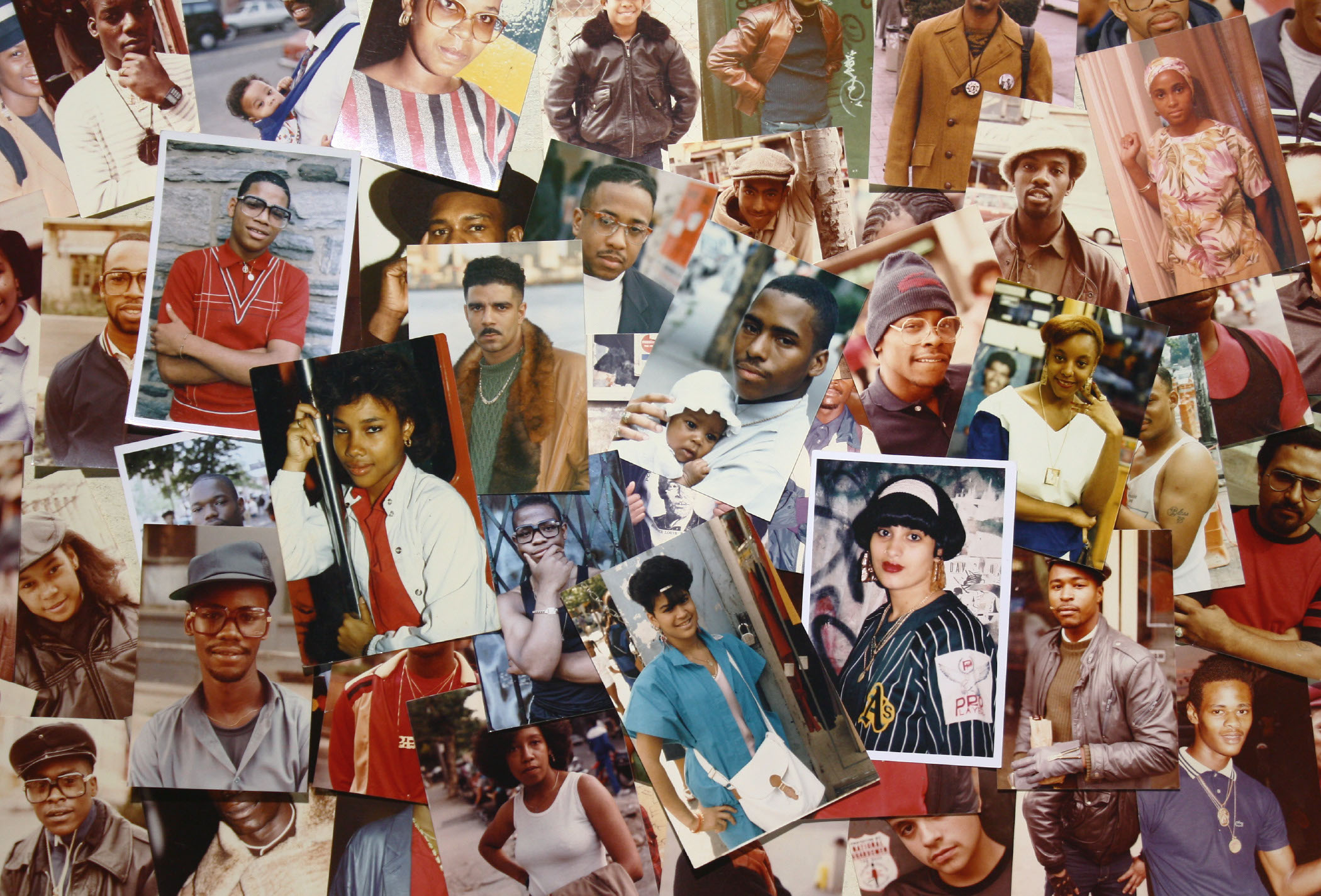An interview with the photographer on his relationship with photography, Hip Hop, and his documentary by Diamond Pollard
Recently, I reviewed Charlie Ahern’s documentary about Jamel Shabazz screened at the Reginald F. Lewis Museum. I felt the documentary missed the spirit of Shabazz’s colorful and dynamic work and left me with many questions about the photographer and his legacy. The artist generously offered to discuss his work with me and fill in the details. In the following interview, Shabazz proves to be a photographer with an optimistic lens and a man who welcomes the challenges of an ever-changing society.
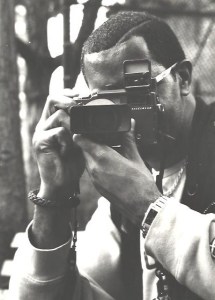
Diamond Pollard: How do you decide what photographs you are going to take when you’re out on a shoot?
Jamel Shabazz: In many cases, I already have a preexisting set of projects in various stages of development that I am working at any given time. So, when I hit the pavement I am very keen on what I hope to capture. For example, honor, dignity, and love are two ongoing projects I’ve been working on since the 1980’s. They will always be the cornerstone of the work I seek to make a record of. I also have a great interest in the ever changing landscape within African American communities, both here in New York as well as cities along the east coast. Gentrification has transformed once traditional communities, so it is important for me to document these particular areas before the inevitable change takes place.
Which photographer most influenced your career and why?
There are a number of photographers who have influenced me. Documentary fellow Brooklyn photographer Joseph Rodriguez has been one of my greatest inspirations. Just a few years older than I, he is both a big brother and mentor to me. As a social documentary photographer, what I admired about him was that he had a deep concern and connection with everyday people living in New York’s Spanish Harlem. I would also discover that we were both in the streets photographing during the era of the ’80s and shooting similar people but in two different, yet ethnically the same communities.
Prior to seeing his book “Spanish Harlem” I had no notion of producing a book, however upon purchasing and studying it, I felt that my community needed to be properly represented. Shortly afterwards, I went to work gathering up images from my collection and organizing themes for my book. A few years later I created a solid theme, “Back in the Days.”
Years later I would meet and become good friends with Joe and I would continue to be inspired not only by his provocative photographs, but the stories he would share about his personal journey coming of age in the 1970’s. We spend hours talking about the lives of the many people he captured; from those struggling with drug addiction, incarceration, mental illness, and victims of Hurricane Katrina. Joe is a compassionate story teller who is dedicated to making sure that the voices of the invisible and neglected are heard and I am forever grateful to have him in my cipher. Through his example, I now have a clearer understanding of my responsibility as a recorder of history.
Gordon Parks also provided me with a great degree of guidance and direction via his work and essays. I admire him for his tenacity to forge ahead despite the countless hardships he had to endure during his youth, even before picking up the camera. As a photographer, he allowed me to see how you can combine, documentary, fine art and fashion photography into one comprehensive visual narrative, so eloquently reflected in his retrospective, “Half Past Autumn.”
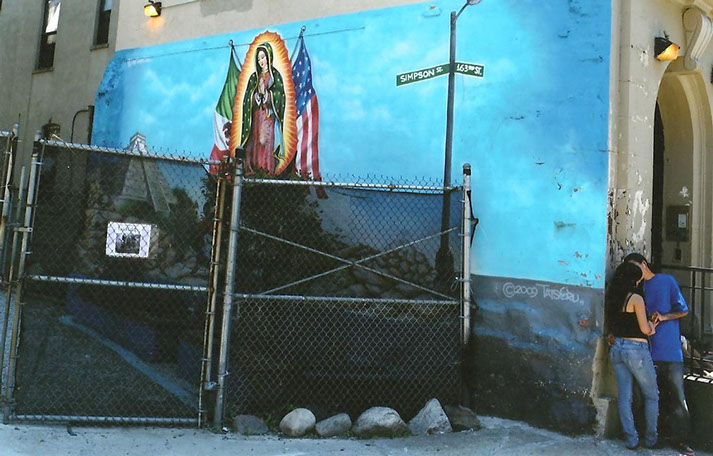
Much of your work is centralized to New York. Would you ever consider doing travel photography and taking similar photos abroad?
Since the early 1980’s to the present, I have been traveling throughout the United States and overseas photographing people in a similar likeness. One of my greatest journeys was to Addis Ababa, Ethiopia where I was invited to participate in the Addis Photo Festival.
While there, I happened upon a local high school where students and staff were celebrating a national holiday called “History Day.” There, I met I a young man that would serve as my guide and interpreter. He accompanied me into the school and connected me with hundreds of righteous and humble young students. All of them seemed elated that I wanted to record their legacy.
What made this experience so profound was the fact that the students and staff alike were all dressed in traditional Ethiopian regalia and the same age as the high school students I photographed in my Brooklyn community, some 25 years earlier. The love and unity I captured took me back to the days when we ourselves reflected a rich culture and national pride. Besides the work I made in New York in the 1980’s, what I was blessed to record in Ethiopia is probably my most important body of work I’ve made in the past 10 years.
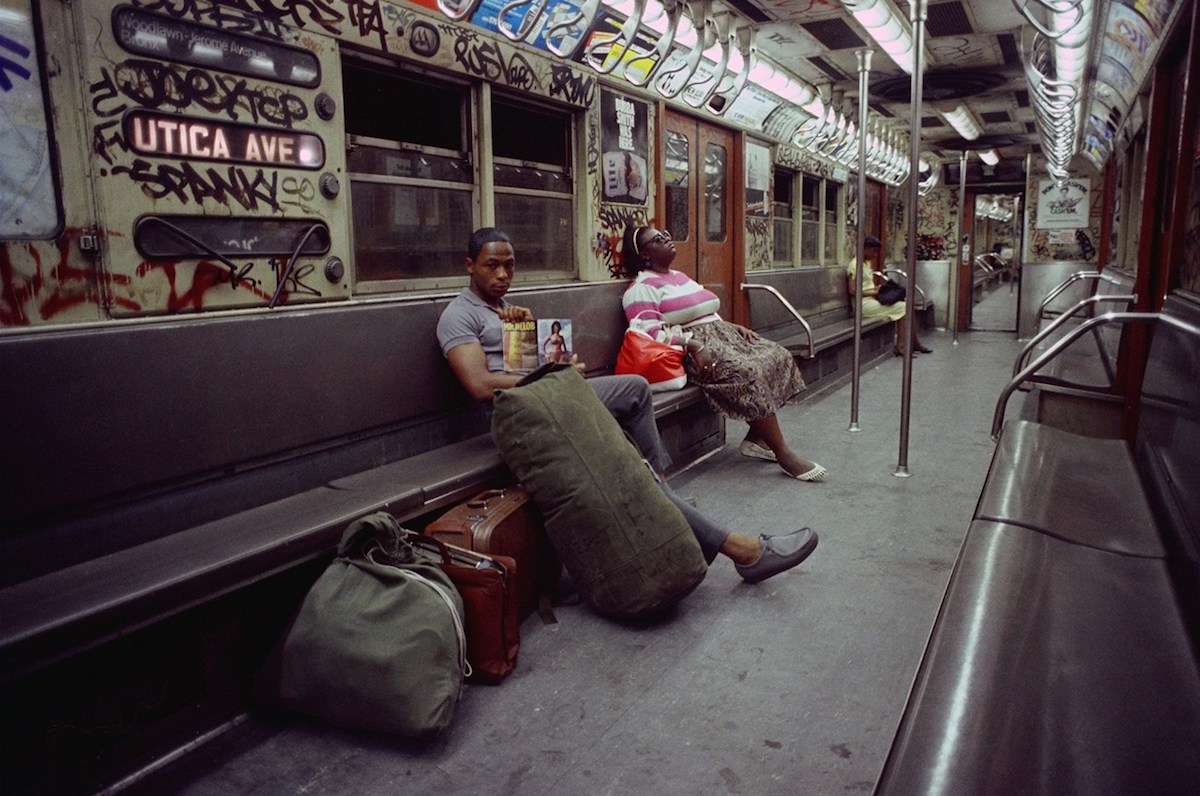
What is your favorite photo or set of photos that you have taken?
There are countless photographs that I would consider my favorite, because all of my photographs are very dear to me. However, the following are a few projects that I would consider some of my top tier; all photographs from my 1970’s & 1980’s, Time Before Crack series, ‘Faces in the Nation,” a project that focuses on the Nation Of Islam from 1980 – 2015, and lastly, an ongoing project called “Represent.”
This particular series focuses on how people represent themselves through organizations, cultural affiliations, to the clothing they wear.
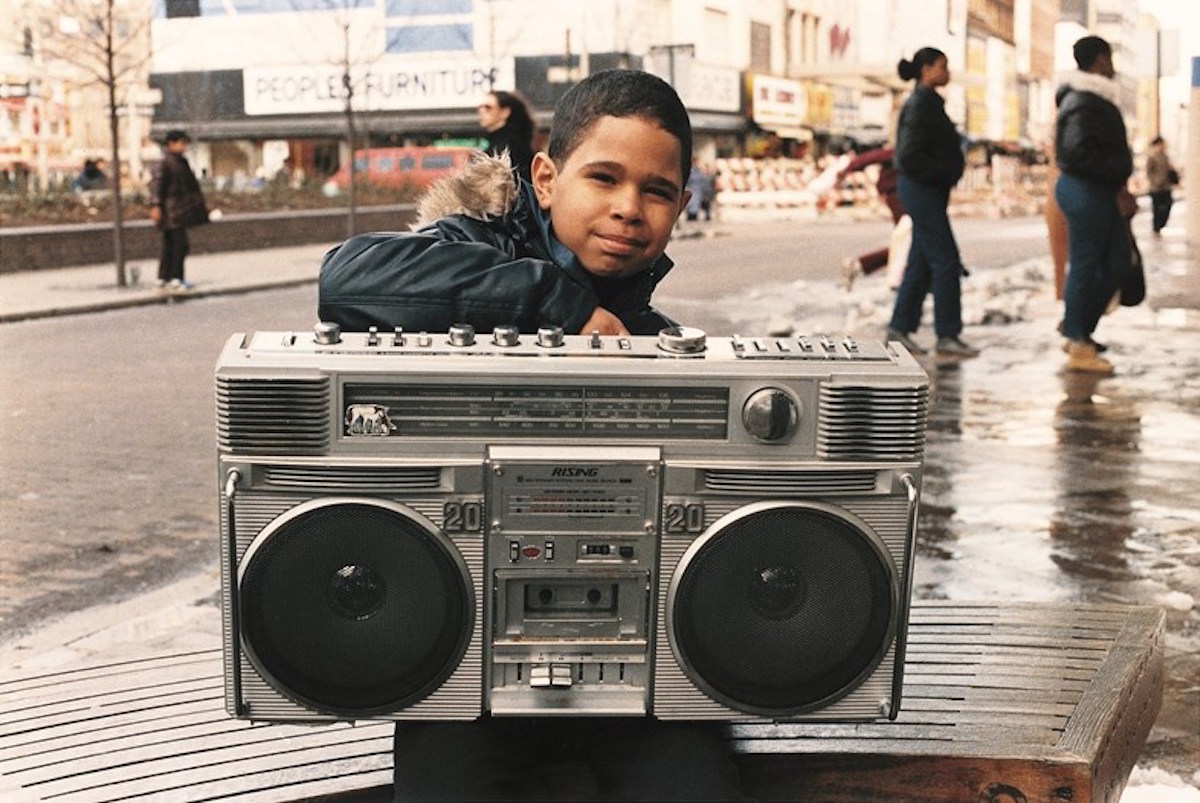
In what ways has the commercialization of Hip Hop culture affected the Black community and your work?
That is a very difficult question to answer, so I am going to refer you to the great Chuck D, who I consider one of the best authorities on this subject matter. There is a recent piece on YouTube that is called “Chuck D on Cultural Exchange and the conspiracy to Control Hip Hop.” In my opinion, Chuck broke it down with such intelligence and wisdom, that I was speechless. However, I will say that Hip Gop is the essence of my work, it is the visual component that can be matched with the artistry of most socially conscience artists. It is grassroots and raw. And like the music, it educates and provokes thought.
With the trajectory of Hip Hop over the past 35 years, I have been asked on a number of occasions to have my photographs included in documentaries and exhibitions that focus on hip hop. These opportunities have allowed me to present work during a period when hip hop was still in its infancy and not commercialized, but more so a way of life within the inner cities of America. I seized these opportunities when available, so that my generation has a strong voice and positive presence as the make-up of Hip Hop slowing fades.

What did the Charlie Ahern documentary fail to highlight about your career that you wish was highlighted more?
There is a lot to be said about Charlie’s documentary. First and foremost I appreciate the fact that he dedicated so much time and energy in capturing various aspects of my journey. Personally, I feel that the film should have been shorter and as the main subject, it was really incumbent upon me to highlight issues that were more reflective of journey and purpose. The film served as a report card, that I am not satisfied with, however it allowed me to better understand my greater purpose in life and how I should never compromise, when it comes down to speaking truth to power.
A lot of your work visually addresses social issues facing the African-American community, especially your book, A Time Before Crack. Do you believe that art should address social or political issues? Are there any issues that you believe aren’t being covered?
One of the main reasons why I took on photography as a craft is because I wanted to participate in conversations about our struggle and sacrifice as a people. Inspired by both the musical and spoken word artists of the 1960’s and 70’s, I aspired to do what Curtis Mayfield and Gil Scott Heron was able to accomplish, via their insightful songs and what Sonia Sanchez and Amiri Baraka did with their fiery poetry and literature. In their spirit, I am one of many who carry the torchlight of the Black Arts Movement, with great fortitude.
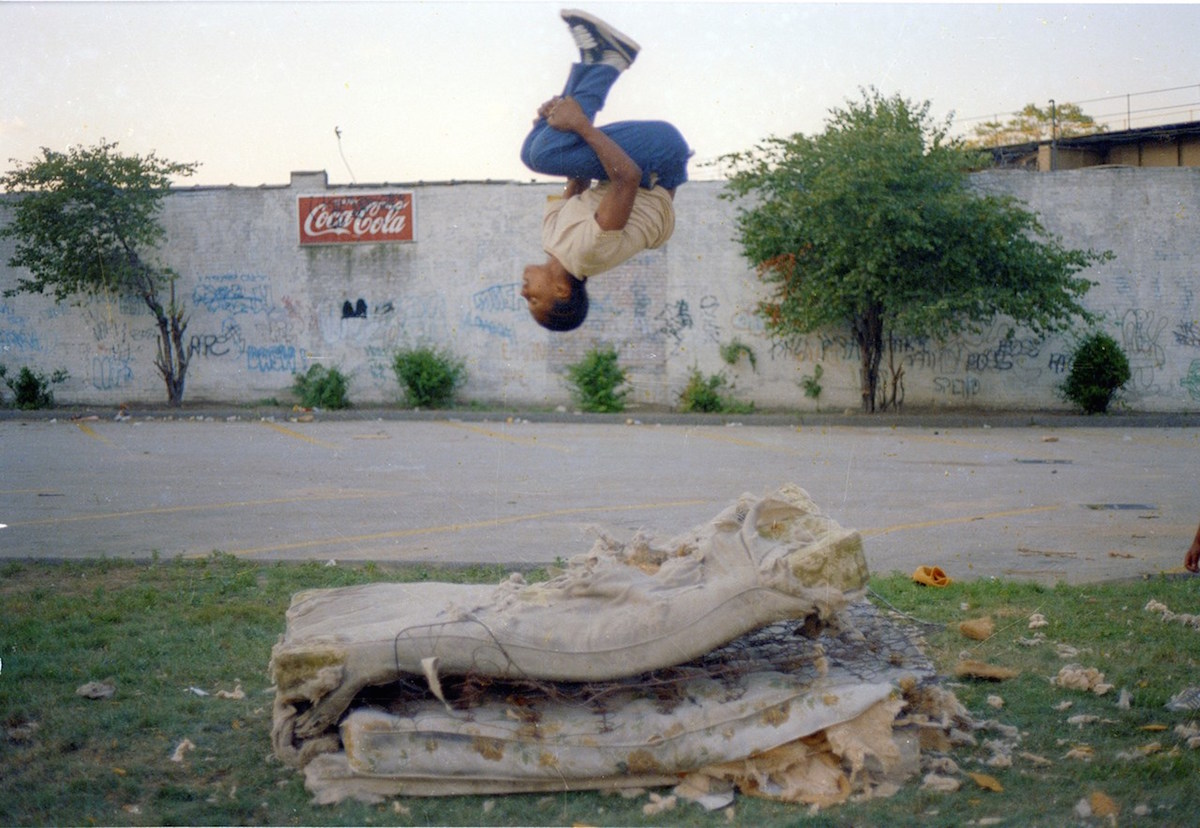
You’ve been photographing New York City for about 40 years. Are there times were you grow uninspired by the city and what do you do to find that inspiration again?
Living in such an eventful and vibrant city that never sleeps, there is always something readily available to witness and record. Just being able to arise to a brand new day, is inspiration enough.
What advice do you have for young photographers who are just starting out?
To the young photographers I say, it is important to have a clear vision on what you desire to do. Being motivated and passionate are important attributes as well. Seek to go against the grain and create work that has not been done and focus on a particular theme or a few concepts.
Once a solid body of work is completed, concentrate on getting your photographs published or placed in important galleries or museum exhibitions. Submitting work in notable photography contests is also a good way to garner recognition and build a fan base. In today’s world, practically everyone is now a photographer, so the playing field is flooded with aspiring visionaries. A good strategy and vision, can help fuel success.
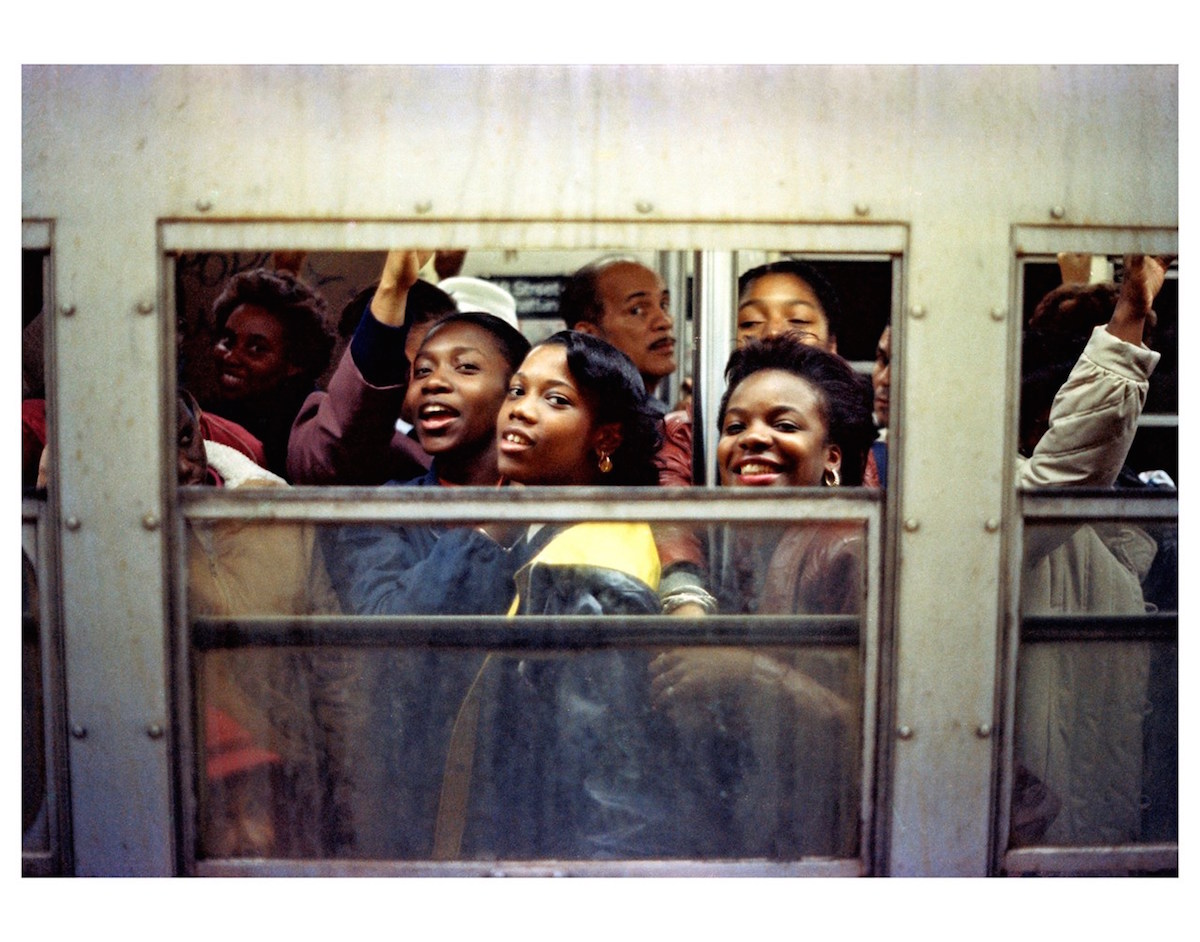
What is the most rewarding part of being a photographer and why?
One of the greatest rewards for me is being able to capture the essence of a subject/ subjects and seeing the joy and gratitude on their faces when the photograph is presented. That expression of appreciation is priceless! Secondly, it is very rewarding to be able to serve as a contributor to the preservation of world history and culture. Last but not least, is having had an opportunity to have met thousands upon thousands of amazing people along the path of life; those memories will always be a part of my life.
In an interview with Dazed Digital, you mentioned that technology has created a culture where people are less willing to connect with each other and that affects your work. Are there any other obstacles that exist now that didn’t exist when you first started photography and what are they?
No there are no obstacles, only opportunities! Even though people are not as open to let me photograph them today, as did many three decades ago, this change has only encouraged me to document from a different perceptive, thus giving birth to a new approach and vision.
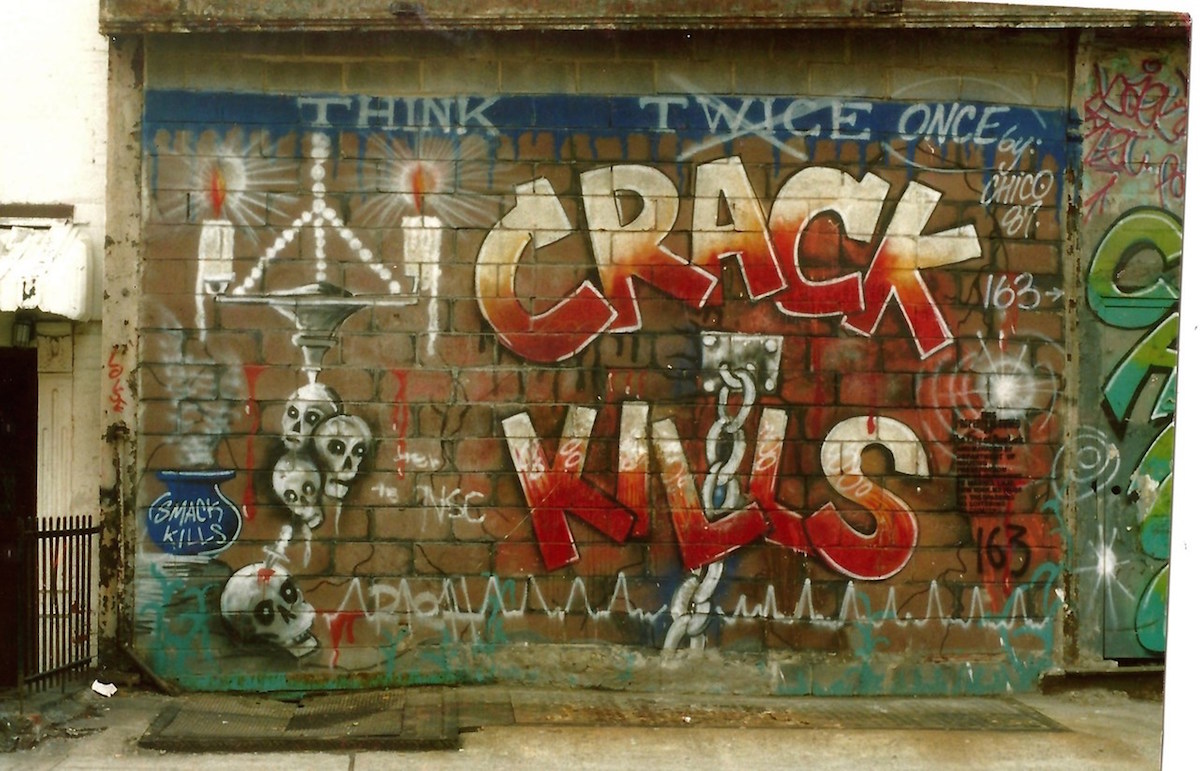
You have a new book, “The Book of Life” coming out soon. Can you talk about the themes the photos in the book will cover and when it is expected to be released?
The original title for my forthcoming book was to be called “The Book of Life,” but I decided to change it to “Pieces of a Man,” in tribute to the late, but great Gil Scott Heron whose prolific album had a huge influence on my vision and understanding of life.
This book will consist of over 320 black and white photographs from 1980 -2015 and the majority of the photographs have never been shown before. Broken down into several themes starting with the 1980’s, its central focus will be on a number of my subway photographs. The second chapter is entitled ” Harlem on my Mind” and this section is very close to my heart, largely because so much of the work I created came out of Harlem during the past 35 years. Present day Harlem is now very different from the Harlem I once knew. Thirdly, this chapter is centered on the fashion element of my work and what makes this so special to me is that I was able to create a vibrant urban set, capturing fashionable environmental images.
The 4th chapter is inclusive of my international travels and these are photographs I took from South Korea, Japan, Ethiopia, France, Italy, Canada to a number of other places. The final chapter focuses on the 2000’s and various events that took place during that era. One of the most insightful sections is called “The Age of Obama,” highlighting the Obama presidency. This book a limited edition and is being produced by Artvoices Publishing, with a scheduled release date of May 1st.

Your work has been shown all across the world as well as in the States. What are the differences in how it is perceived in the United States and how it is perceived abroad?
To my surprise, my work has been warmly embraced by youth around the globe. For many who celebrate Hip Hop culture, my photographs represent the early stages of that era as well as the fashion, and the overall vibe of the time. What I appreciate about people overseas is that they are able to see a positive aspect of both Black and American life through my lens. Here, in the United States my work is more personal to the people, for they have a direct connection and relate to particular eras in time, as well as friends, family, and the ever changing aspects of the culture of communities.
What has been the biggest moment of your career?
There are actually two great moments I can recall. The first took place in 2006, when students from the Teen Counsel youth program, a community based organization founded by the Bronx Museum of the Arts, curated a mid-career retrospective of my work at the Bronx Museum. The students did an outstanding job showcasing my journey! The second transpired at the Grand Army Plaza, Brooklyn Public Library in 2013. The curatorial staff exhibited another mid-career retrospective entitled “Represent.” Having such a large display of my many treasures from over forty years on view for the public, was without question one of my greatest moments as an artist.
Is there anything you want to photograph or accomplish during your lifetime that you haven’t yet? If so, what is it?
It is my hope that one day I will have an opportunity to create a mini-series or feature film for one of the major television networks based on my book “A Time Before Crack.” We have been fed a number of films that focused on the crack epidemic, but I think that it is time to show how life was before crack, especially during the 1970’s and early 80’s.
I would love to take the characters from my book and bring them to life, in an insightful series of true stories. My goal is to create a movie that inspires love and at the same time, shows a very important history that is very seldom seen. Period movies are having a serious comeback now, so I feel that HBO or Showtime are the best networks to take on such a project as this. Achieving that goal, would be a noteworthy accomplishment.
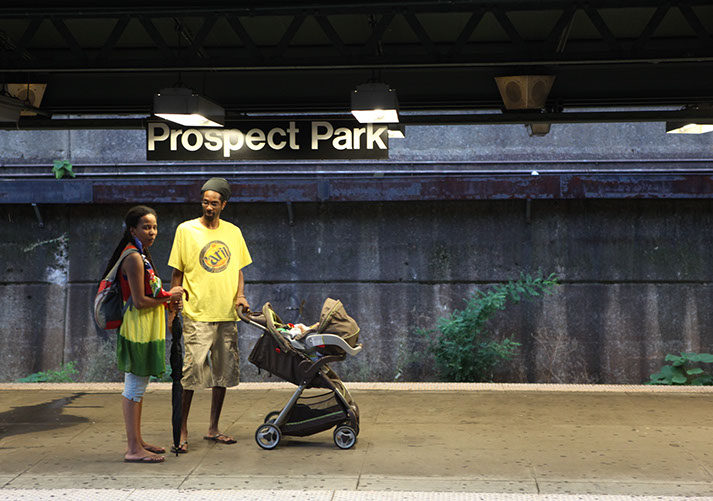
Diamond Pollard is a Virginia native, currently residing in Baltimore. She is primarily a fiction writer.
All photos provided by Jamel Shabazz. To see more, go to his website: http://www.jamelshabazz.com.
This interview was made in conjunction with Brineblog, a collaborative JHU & MICA Arts and Culture project.

